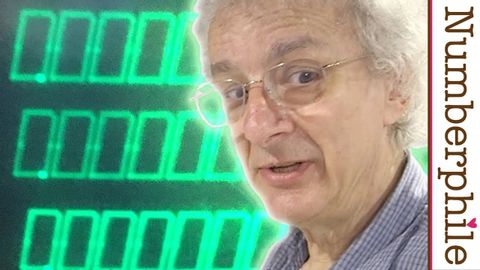
Subtitles & vocabulary
An astonishing old calculator - Numberphile
00
林宜悉 posted on 2020/03/27Save
Video vocabulary
sort
US /sɔrt/
・
UK /sɔ:t/
- Transitive Verb
- To organize things by putting them into groups
- To deal with things in an organized way
- Noun
- Group or class of similar things or people
A1TOEIC
More alternative
US /ɔlˈtɚnətɪv, æl-/
・
UK /ɔ:lˈtɜ:nətɪv/
- Countable Noun
- Something different you can choose
- Adjective
- A different choice
A2TOEIC
More sense
US /sɛns/
・
UK /sens/
- Noun (Countable/Uncountable)
- Certain mental feeling or emotion
- Normal or clear state of mind
- Verb (Transitive/Intransitive)
- To perceive using sight, sound, taste touch etc.
- To recognize the presence of something
A1TOEIC
More Use Energy
Unlock All Vocabulary
Unlock pronunciation, explanations, and filters
